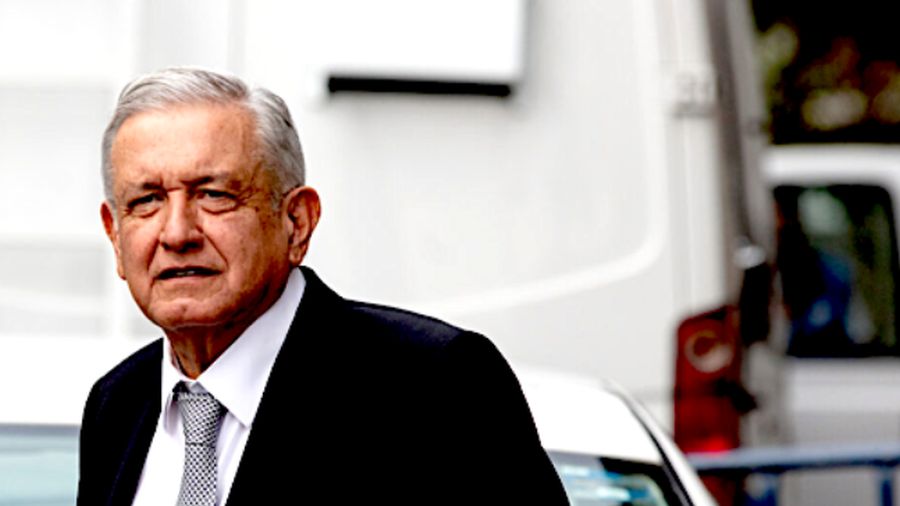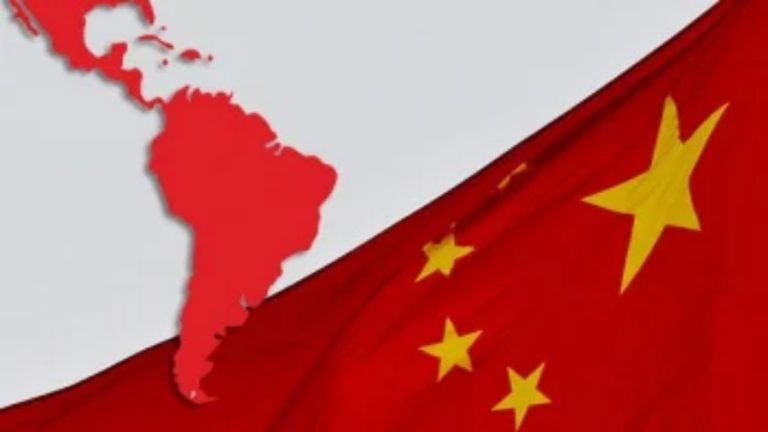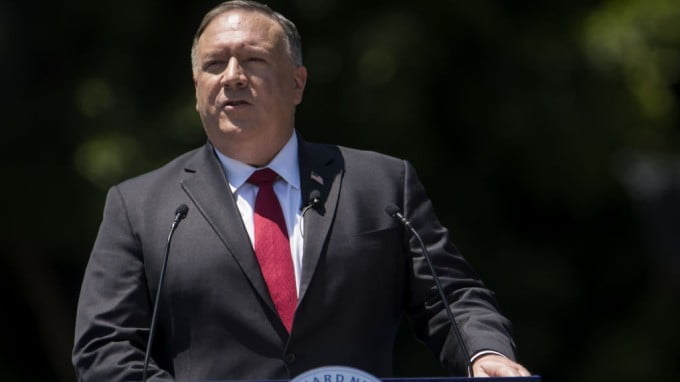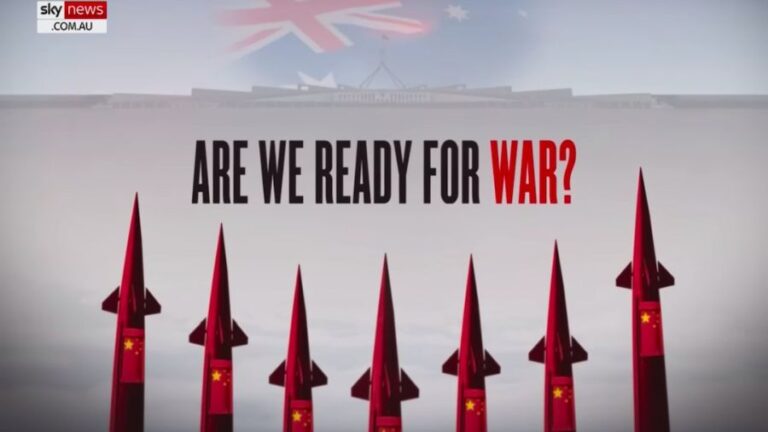Biden’s Summit of No-Shows
I tip my cap, as we all should, to President Andrés Manuel López Obrador of Mexico. And to Presidents Luis Arce of Bolivia, Xiaomara Castro of Honduras, Alejandro Giammattei of Guatemala and Nayib Bukele of El Savador. They all pointedly declined to join President Joe Biden at his Summit of the Americas in Los Angeles last week, joining to protest Biden’s refusal to invite Miguel Díaz–Canel, Nicolás Maduro and Daniel Ortega, the presidents of Cuba, Venezuela and Nicaragua respectively.
Add it up. Eight of the region’s 33 nations were absent when Biden convened the summit “to demonstrate the resurgence of U.S. leadership in the region,” as the government-supervised New York Times forlornly put it. Don’t they ever get tired of these long-exhausted phrases over on Eighth Avenue?
“There can be no Americas summit if all the countries of the American continent do not participate,” López Obrador explained at a press conference announcing his decision. “Or there can be, but we believe that means continuing with the politics of old, of interventionism, of a lack of respect for the nations and their people.”
Well said, Señor Presidente. Speaking more bluntly, Evo Morales, Bolivia’s president until the U.S. cultivated a coup that forced him into exile three years ago, called the summit “stillborn.” There is nothing like clear, plain language to get a clear, plain point across.
This, the ninth such summit since Bill Clinton convened the first in Miami in 1994, was far more than Biden’s latest flop on the public relations side. In my read it is another sign among many that Washington is losing its hold over its southern neighbors. This could prove an historic shift, reversing more than a century of usually coercive influence.
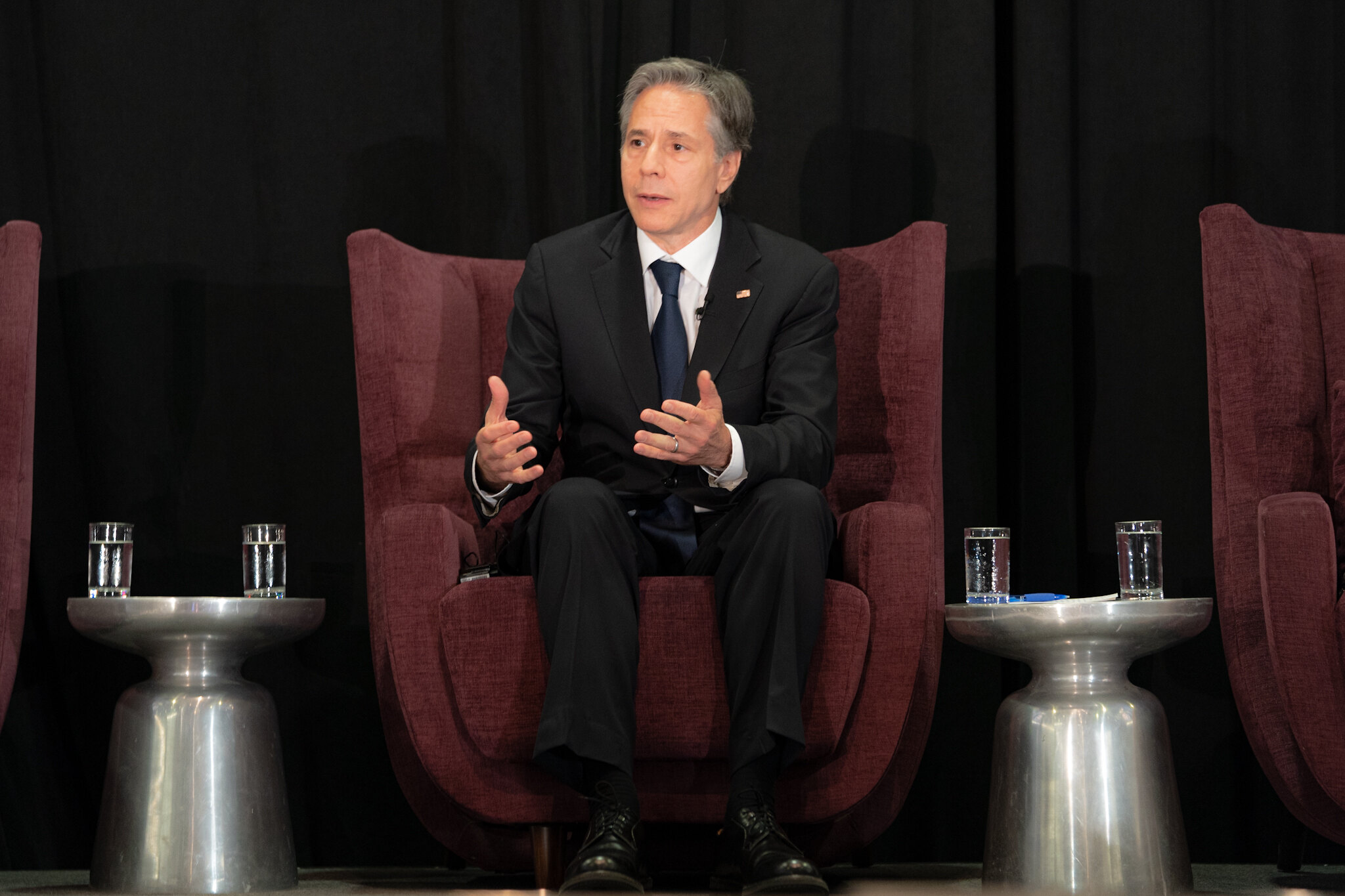
Dollying out still further, the administration’s failure in Los Angeles last week signals a startlingly swift decline in American power everywhere other than Western Europe and among longtime allies such as Japan and South Korea. Biden drastically misread his moment with his “America is back” bit as he took office 18 months ago. Having overplayed his hand, he is now destined to preside over a significant inflection point in the late-phase imperium’s crumbling hegemony. It is exactly what Joe “Not on my watch” Biden wanted most to avoid.
A New Pink Tide
In the larger scheme of things, the L.A. nonevent is merely a passing signifier of more profound trends across Latin America. It is now evident that a second “Pink Tide” is flowing across the continent.
The original Pink Tide dates to the 1990s, when Argentina, Brazil and Venezuela turned sharply against the neoliberalism of the “Washington Consensus.” That wave ebbed in the first decade of the new century. The second wave began with López Obrador’s election in 2018.
Since then, Argentina, Bolivia, Peru, Chile, El Salvador and Honduras have all returned left-tilted presidents. Luiz Inácio da Silva, the tenacious “Lula” and a leader of the first Pink Tide, is ahead of Jair Bolsonaro in the polls as Brazil’s October presidential elections approach.
To describe this tilt as leftward is to miss the larger point. As López Obrador makes clear every chance he gets, it is also an assertion of sovereignty and postcolonial pride. Nobody is judging anyone else’s political stripe.
And the tide is likely to prove more enduring this time, in my view. A fundamental shift in sentiment is evident across the continent. The region wants economic policies that serve its populations and to rid itself of the corrupt leaders los norteamericanos have long favored. It is also more conscious of its shared identity and increasingly intolerant of the long record of U.S. interventions, coups, occupations, electoral interference, and the rest of the entries in Washington’s blotted copy book.
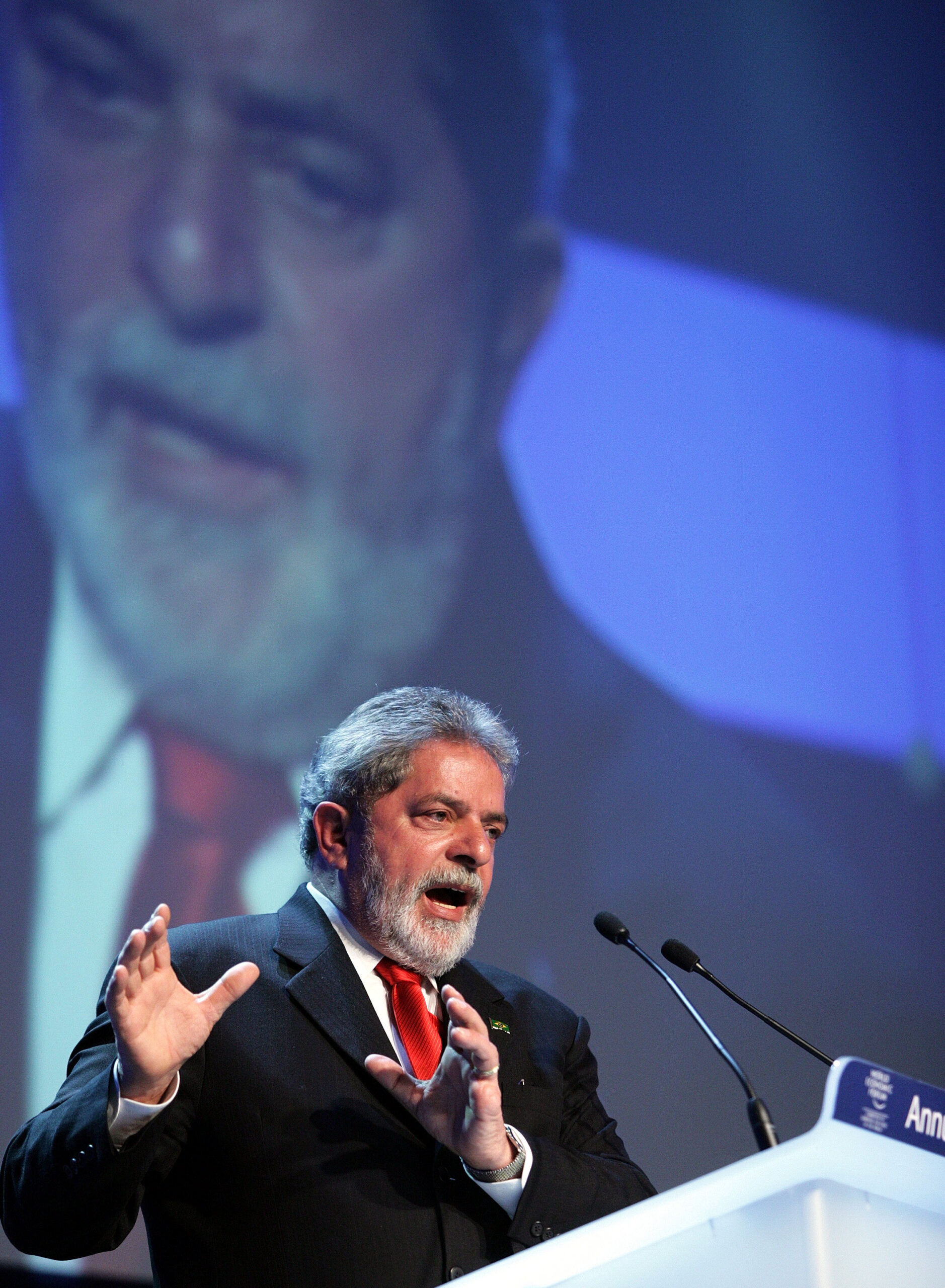
Let us watch carefully as Colombia holds its runoff presidential election June 19. The first round, May 29, and all the opinion polls suggest that the nation’s next president is likely to be Gustavo Petro, a left-wing populist, a member long ago of the M–19 guerrilla movement, and a one-time mayor of Bogotá. If Petro proves victorious, we can consider the second Pink Tide consolidated. Colombia has long been Washington’s closest and most constant ally on the continent.
A year ago López Obrador proposed replacing the Organization of American States, which Washington has reduced over many years to a ventriloquist’s dummy that many Latin nations no longer take seriously, with a truly autonomous organization — “not a servant to anyone, but a mediator,” as he put it at the time. He subsequently called for a continent-wide institution similar to the European Union.
Who knows how long it will take for such ideas to bear fruit, if, indeed, they are destined to? But the drift in Latin America is clear, and it is not in Washington’s direction.
Latin America suffered arguably more than any other region in the Global South during the first Cold War if we measure this by the violent dictatorships the U.S. supported for decades in the name of countering an imaginary “Communist threat.” What Washington truly feared, as argued previously in this space, was a working social democracy that inspired others.
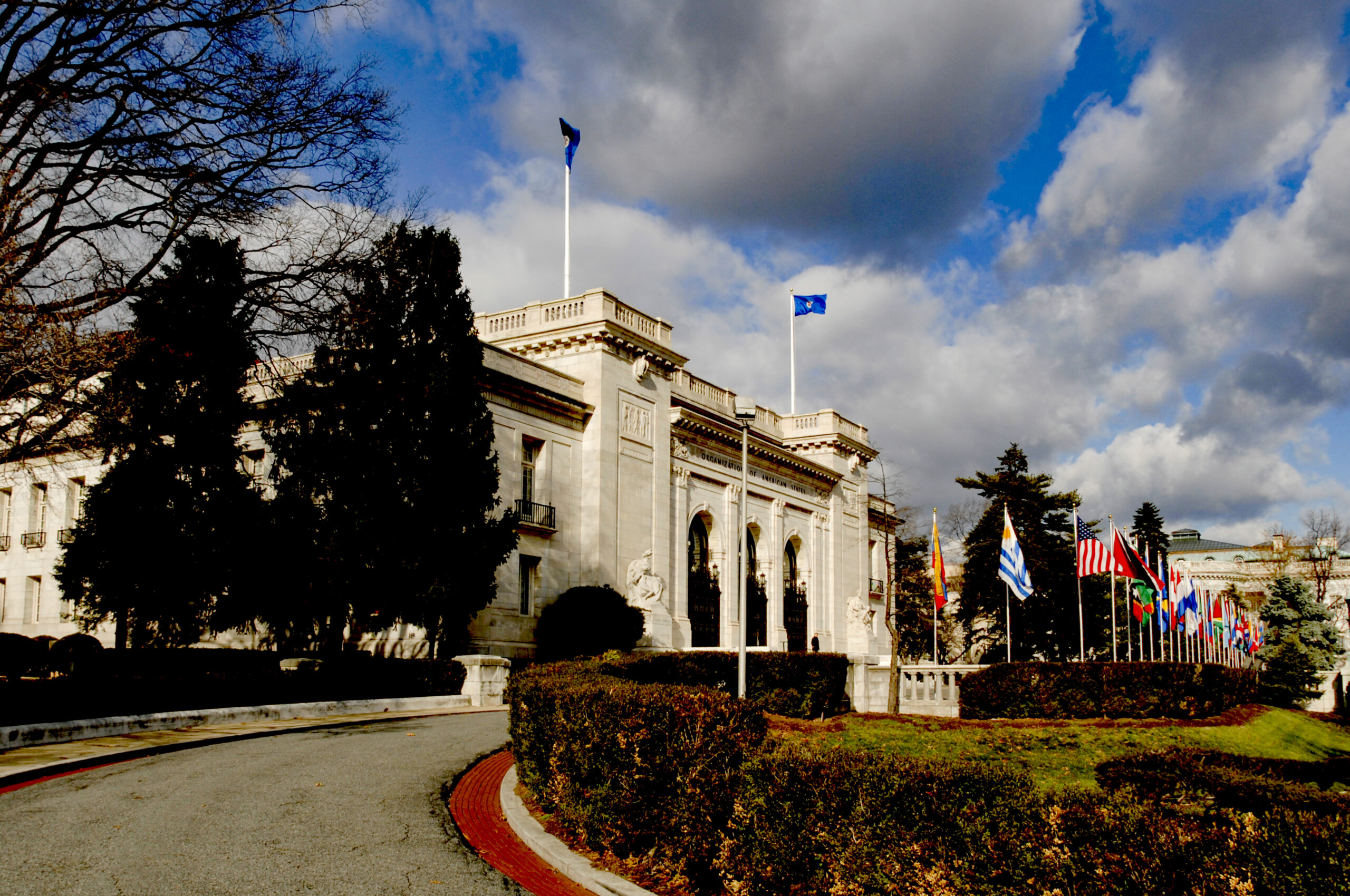
Latin American leaders, including rightists such as Bolsonaro, are emphatically not on for Cold War II. They’re rejecting the Biden administration’s framing of our moment as a war between democrats and authoritarians. Most immediately, they stand with the global majority in refusing to side with the U.S. and NATO in the proxy war against Russia they provoked via the filthily corrupt regime in Ukraine.
It’s interesting to watch now as variants of these currents manifest across the Pacific. America’s allies in East and South Asia are by and large more developed, less prone to political instability, and, with exceptions such as India, more inclined to cooperate under the vaunted American “security umbrella.” But something of the same picture emerges: You find few East Asian enlistees in America’s late-imperial campaigns.
A Stalled Pivot
Since the announcement of the Pentagon’s Pacific Defense Initiative (PDI) two years ago, it is increasingly acknowledged that the U.S. is not capable of waging the Cold War it dearly wants with China without the help of nations in the region. The emergent strategy, threaded through the PDI documents, is to build new air and naval bases in host nations, get them to let the U.S. station ballistic missiles and other weapons on their territory and persuade them to spend more on their militaries in America’s anti–Chinese cause.
Maybe it would have worked in past decades, and past decades are the Pentagon’s frame of reference. But there are no takers this time. Nobody wants American missiles pointed at China on their soil, not even the Japanese. Even the South Koreans insist as a matter of longstanding policy, that U.S.-deployed weapons are not welcome if they are used in Washington’s campaign against the mainland.

During his summit with Japanese, Indian and Australian leaders in Tokyo last month, Biden announced the launch of a long-gestating Indo–Pacific Economic Framework (IPEF) intended to counter China’s extensive aid and development programs in the region. What did the final communiqué promise? Little more than four poorly defined “pillars” in the IPEF and “collective discussions toward future negotiations.”
Are Biden’s people kidding? This is what they have to say in reply to China’s extensive aid and development assistance throughout the Pacific, through which it is doing perfectly awful things such as building schools, hospitals, roads and bridges in the region’s underdeveloped nations.
Horrible, dangerous, a “threat to our national security interests” if ever there was one. We had better respond with “collective discussions.”
Is Joe Biden turning out to be the Rodney Dangerfield of American foreign policy? It’s tempting to think so: The man is one flub after another and he don’t seem to get no respect.
But he has the Europeans on his side. It is a mystery to many, but they have lined up via NATO in the proxy war against Russia and gone full-tilt with a sanctions regime that will hurt them more than the Russians. We will see how this goes as the war grinds on, inflation breaks records and furnaces go cold. Households in England are already burning wood.
Let’s net this out.
Biden has arguably reasserted American leadership in Britain and on the Continent, but he is failing everywhere else. He hasn’t divided the world into democrats and authoritarians, the Cold War II formulation to take the place of the Communist–anti-Communist binary that kept America going for the 40–odd years of Cold War I. He has divided the world between the small minority of the human community known as the West and the global majority.
My words for this are regression and failure. The first is to be regretted, always. But failure in the case of American foreign policy is almost always to be applauded. This is necessary if the empire is to be brought to an end.
I say this not because I dislike my country, though I am not much for nationalism, patriotism and all that. I say it because I refuse to let go of the great potential America has to do better.
The rest of the world will be better off when American primacy passes into history. So will Americans. The Spaniards, let us not forget, were better off once we relieved them of their empire during and in the aftermath of the Spanish–American war.
Let events relieve us of ours.

